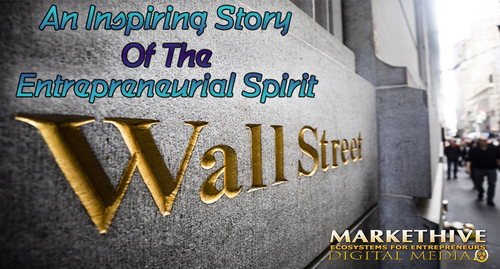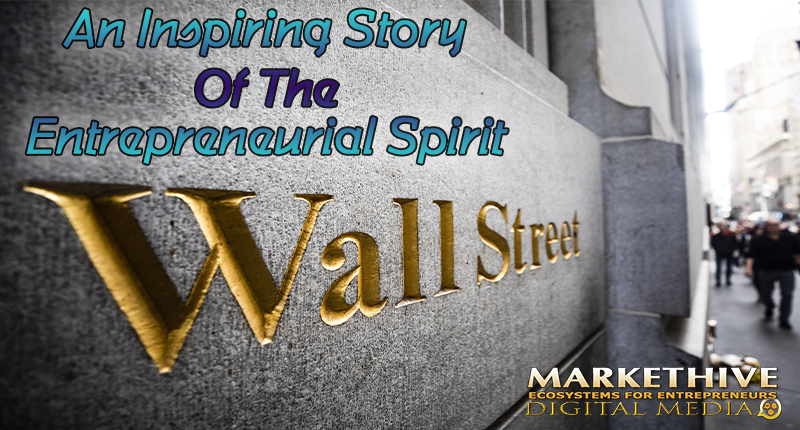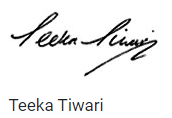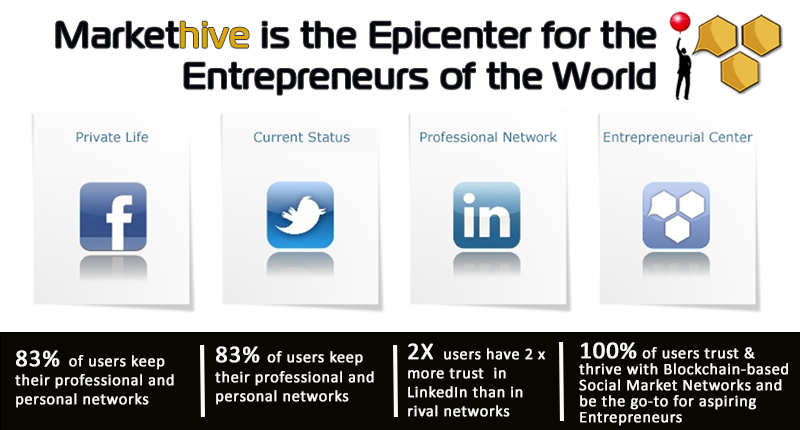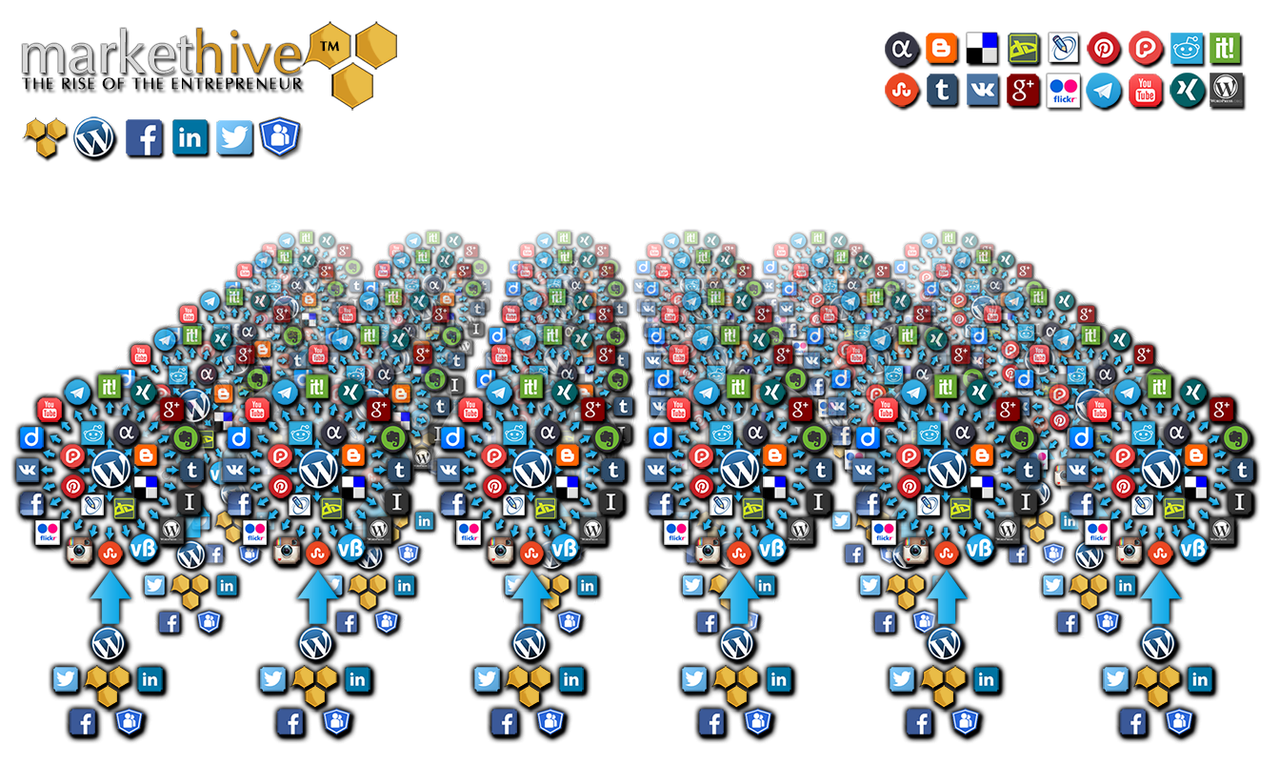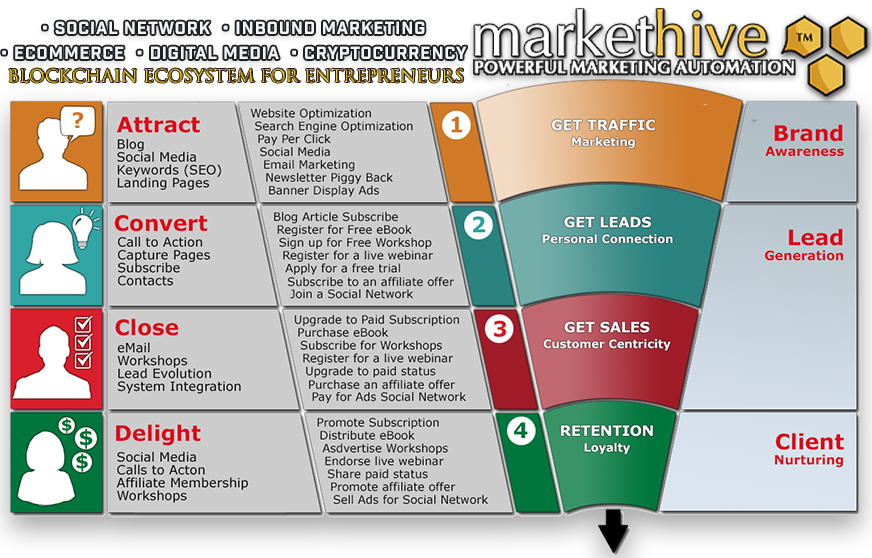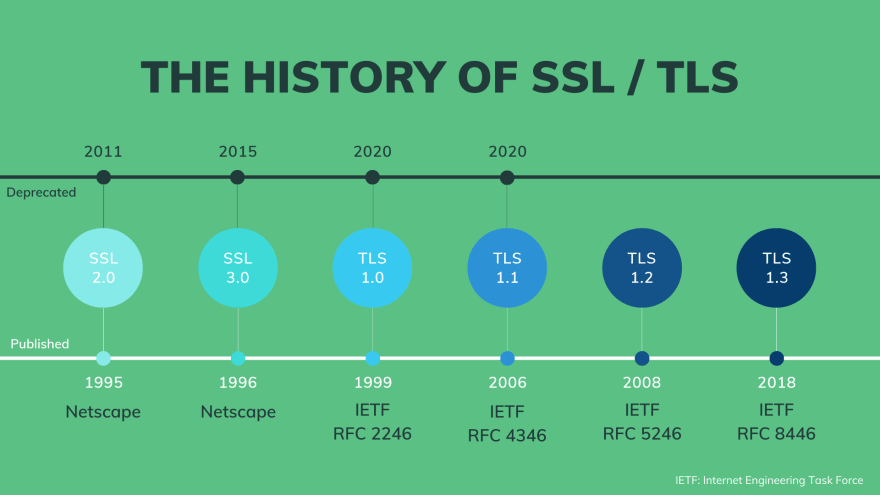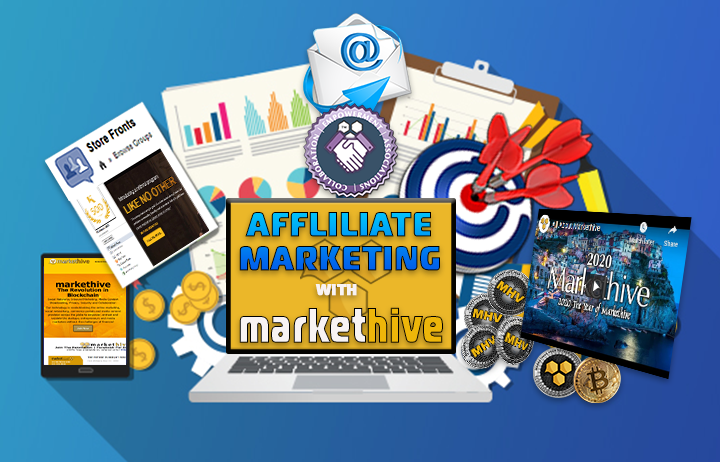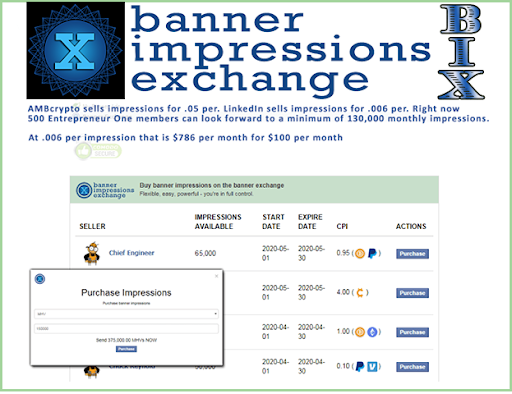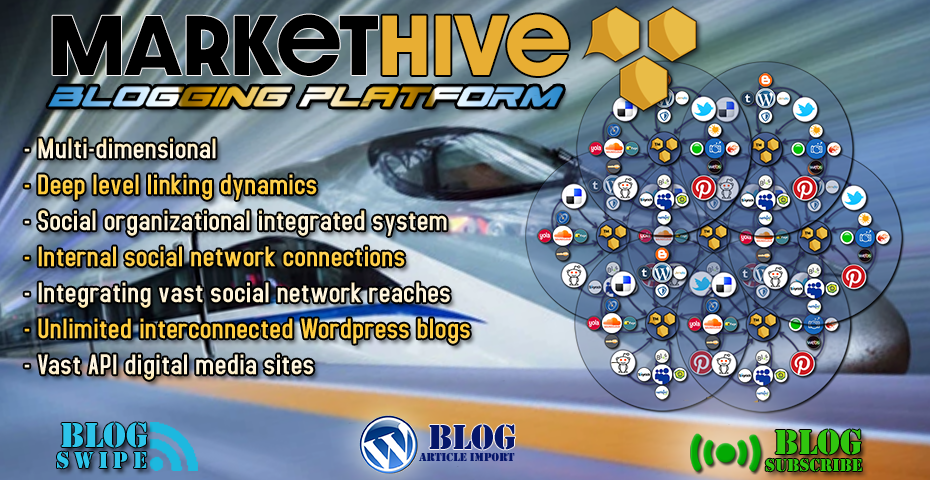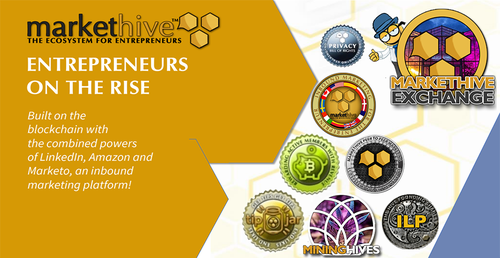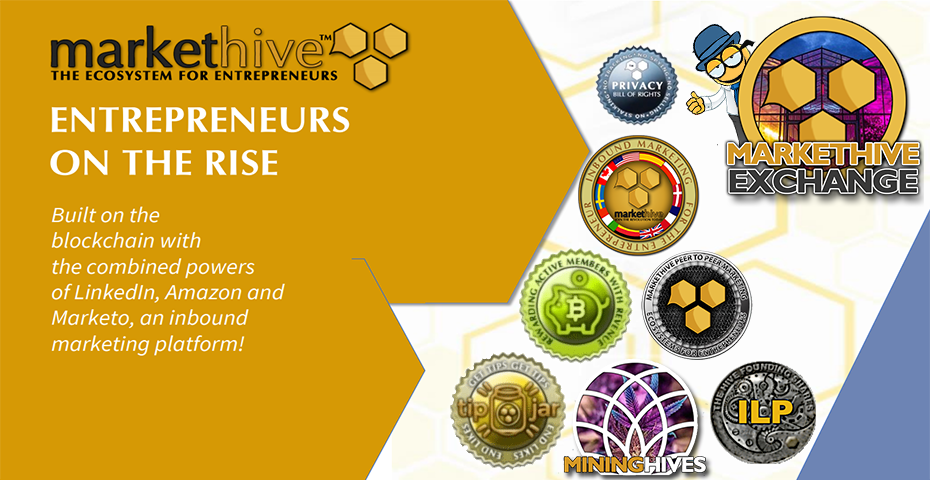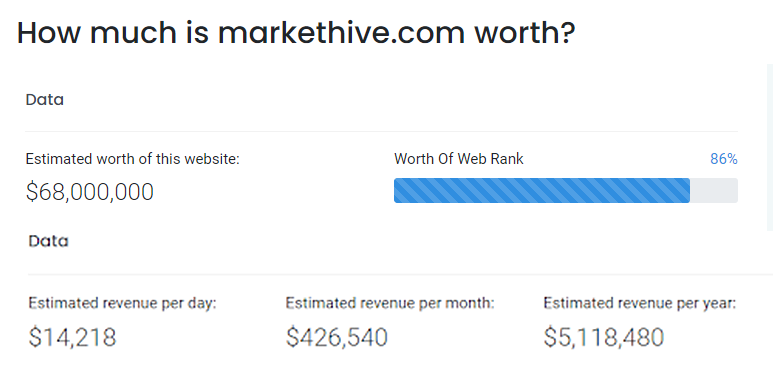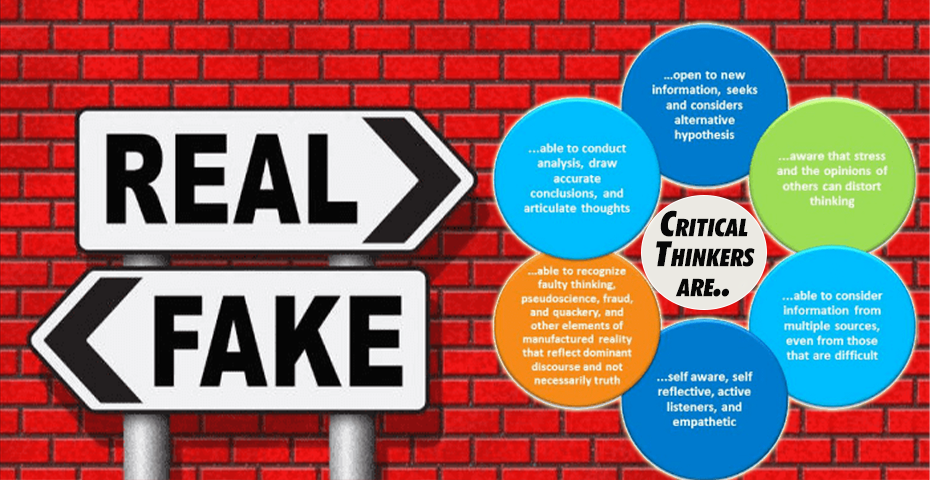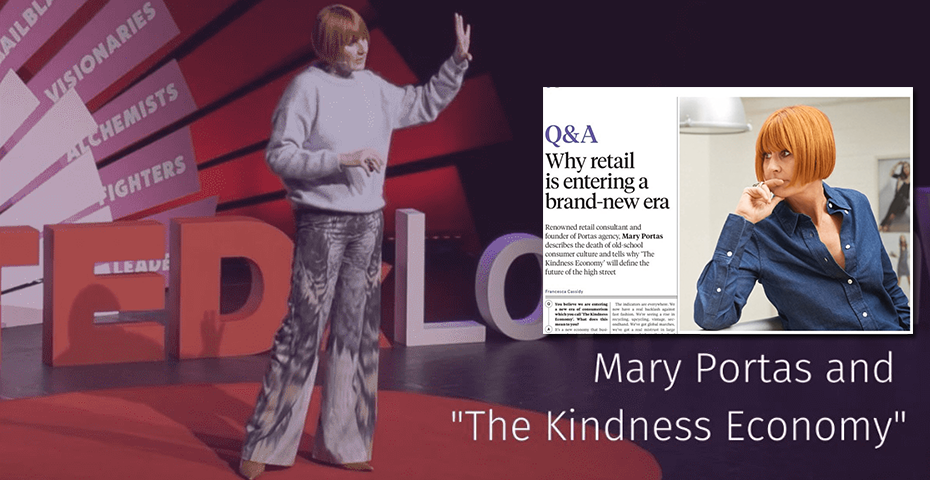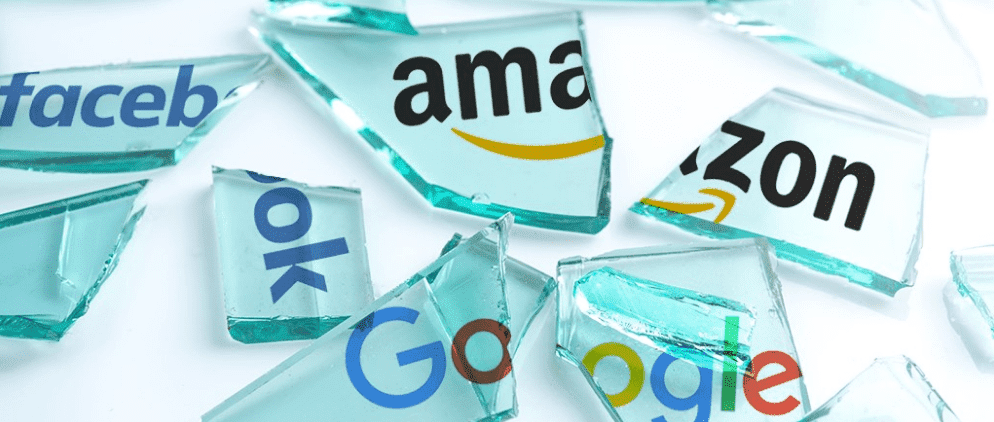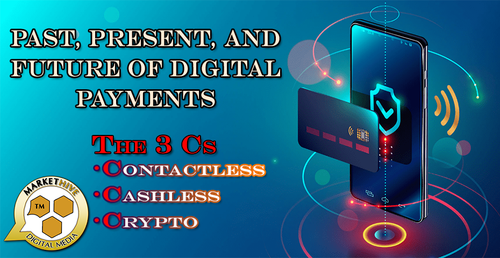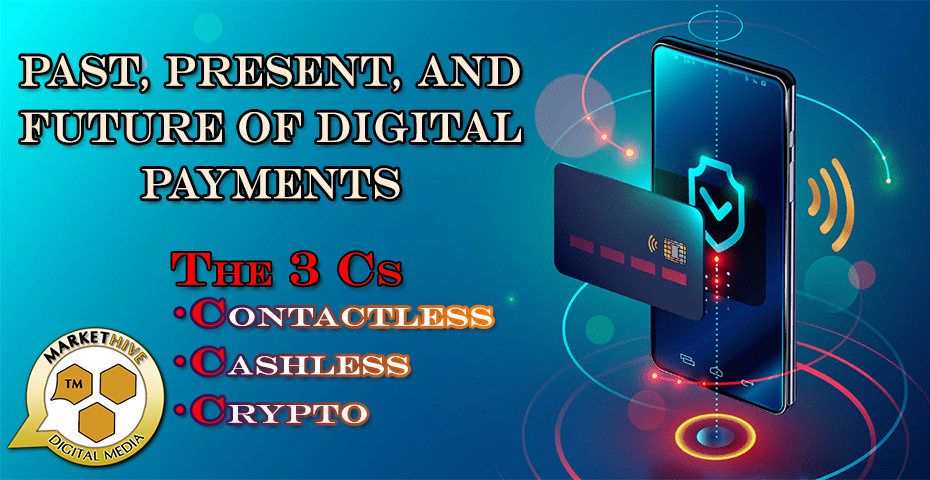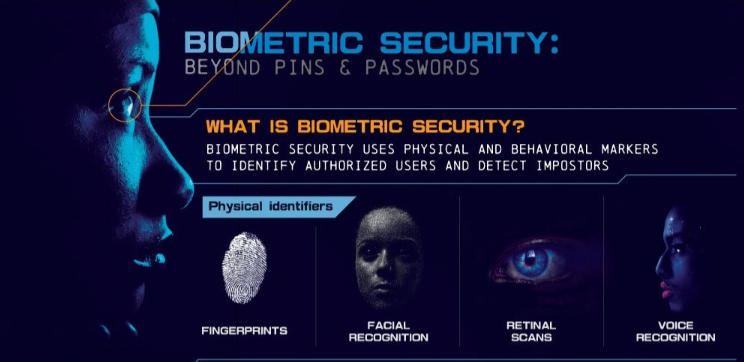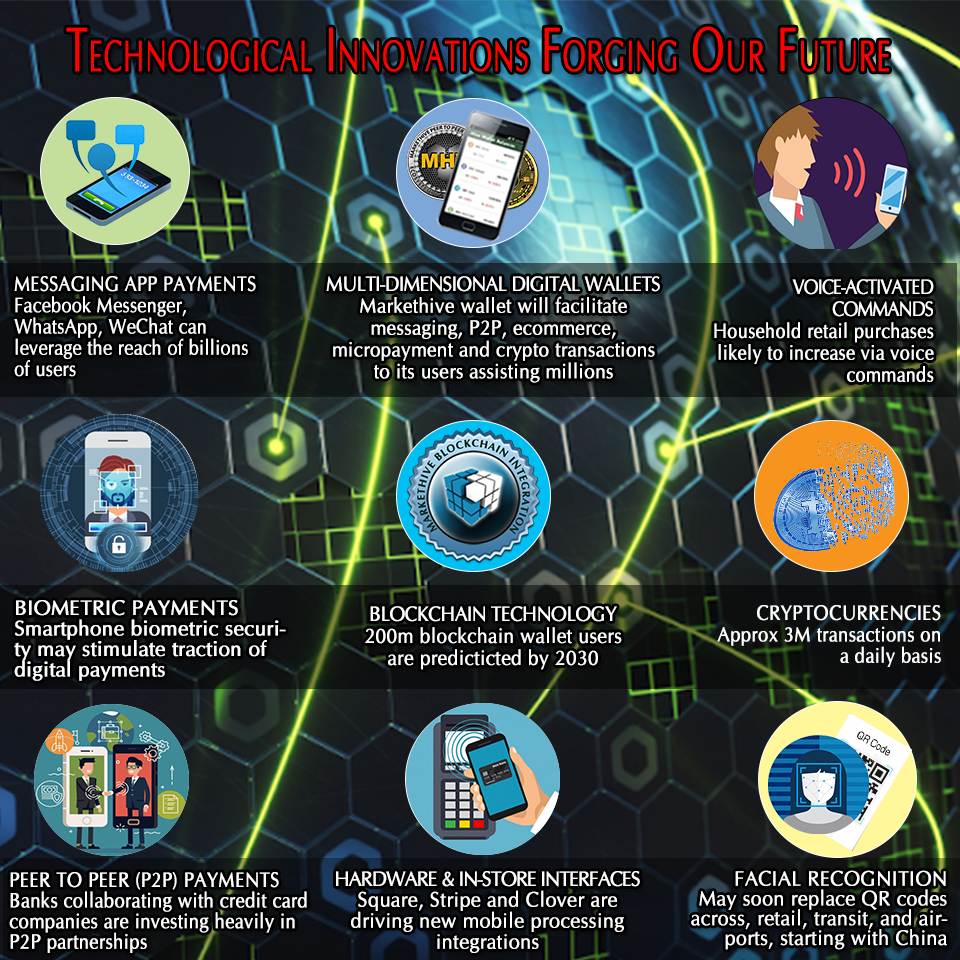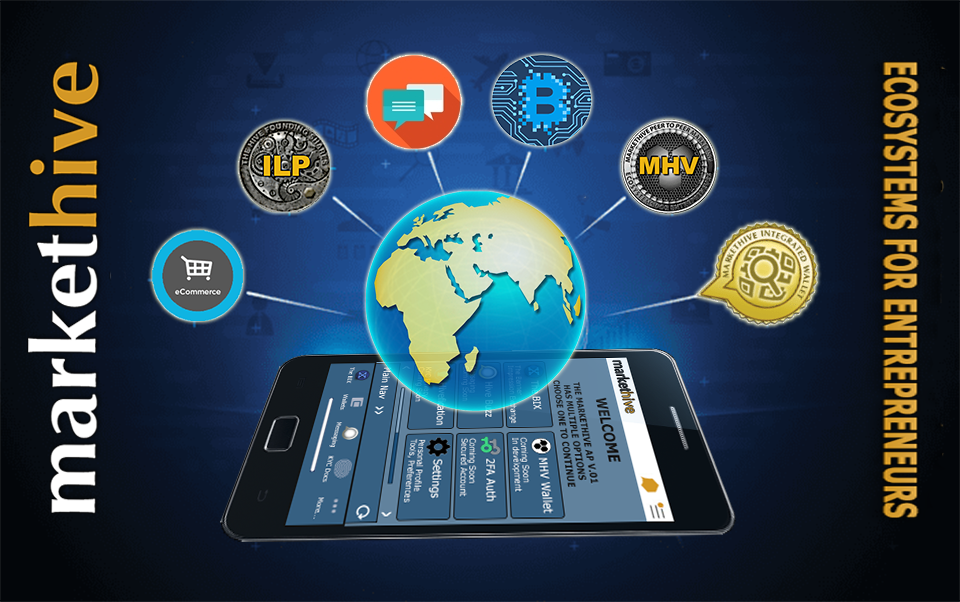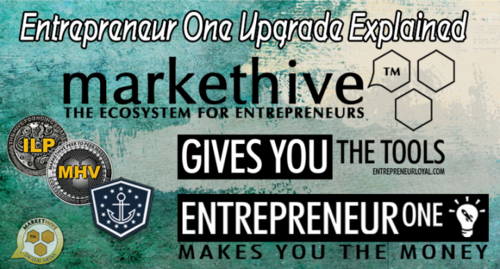
MARKETHIVE – Entrepreneur One Upgrade Explained
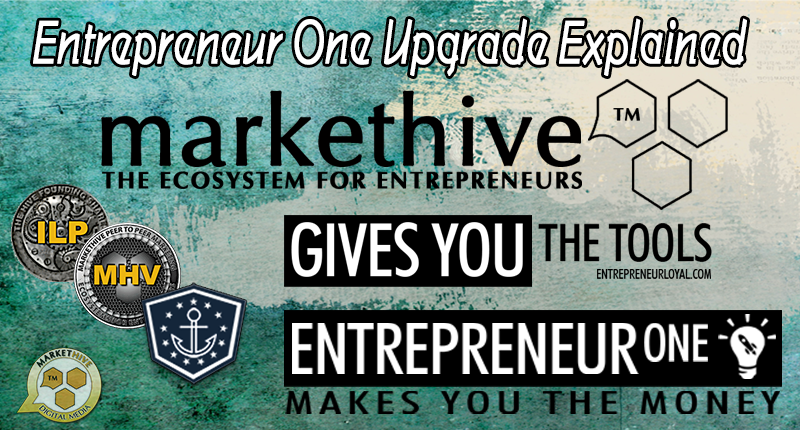
Markethive’s Entrepreneur One Loyalty Program takes on a new meaning and concept.
Loyalty programs have become second nature and intrinsically crucial to many businesses and us as consumers starting way back in the 1970s with Airlines offering frequent flyer points. There are now many different loyalty programs; however, the most common is the Point Program, where customers accumulate points to redeem their rewards.
Loyalty Programs were basically introduced to increase the customer base and the company's bottom line and create the potential for loyal consumers and repeat business.
The image below illustrates the top 5 categories in which loyalty programs have been successful where the Spend has increased, are fundamental to our daily living—one way we can save money by being in their loyalty program. As a customer, it's very satisfying to know we've saved money, but is there a way to make money?

Make Money with Markethive's Hybrid Loyalty Programs
Loyalty Programs have evolved online with Markethive at the forefront, embracing the loyalty program's concept and enhancing it with the opportunity to earn a significant income and rewards. Markethive will be offering a continued stream of loyalty programs such as the Entrepreneur 1 Loyalty Program and Bounty Program.
The E1 upgrade includes products and services like Press releases, Banner Impressions Exchange, banner and video advertising, and matching coin bonus airdrop. Then there's the Vault, even gamification, and much more as we continue to improve and enhance the incentives for Markethive members to achieve their personal and business goals with the result of universal income and self-sovereignty.
The Entrepreneur 1 Loyalty Program

Cost $100 per month
The Entrepreneur Loyalty Program is E1 (Entrepreneur One Upgrade) and is available now, but for a limited time. Each E1 Associate receives a 1/10th of an ILP (Incentivized Loan Program) after 12 months of consecutive payments of $100 per month. Even when this closes, you will never lose your E1 status or the benefits, providing you stay current with your monthly payment. Each year the 1/10th or 10% share of 1 ILP will accrue provided you are active for ten years until you have acquired one full ILP.
Here Are 15 Extra Advantages of the Entrepreneur One Upgrade
The Entrepreneur One Upgrade is the premium highest level you will ever have the opportunity to acquire. It contains all the leveraged advantages you need to accelerate your success in Markethive. Apart from the 1/10th ILP, you receive after 12 months that accumulates every year after that, providing you stay current with your monthly subscription of US$100, you also qualify for the following:
1. Associates Control Panel: Gain full data, their social networks, verified phone and text, verified email, and a contact management system that tracks data, stores dated notes, sends messaging and calendars events reminding actions on your Markethive calendar like callbacks, email, etc. with the Associates' Control Panel (Part of your Friends section)
2. Primary Matching Airdrop Bonus: Receive a 100% matching bonus from the new registration Airdrops. This can be a significant reward for those that aggressively build "associates," the term used for the leads, Markethive provides (profile page and default capture page). Our first infinity airdrop will be 500 MHV coins.
It doesn't take a lot of effort to offer a powerful and valuable system as the Markethive system that also rewards new members with an immediate 500 coin reward. You can easily promote this and build 1000s of referrals to add up to significant coins and customers.
3. Secondary Matching Airdrop Bonus: When your associate customer upgrades to Entrepreneur, we airdrop them 100 coins, and you will also receive 100 coins as a matching bonus.
4. Matching ILP Loyalty Program: You also get an equal ILP share after 12 months of continuity with the Entrepreneur program from your referral who upgrades. What that means is liken to an ICO, your monthly payment is accrued, and if you stay current for 12 straight months, we contribute to you a full 10% ILP and continue to offer this 12-month reward for ten years or your stop payment. This offer is limited to the first 1000 active upgrades.
5. Banner Impressions Exchange: You also get unlimited 1st level Banner advertisements in all of our traffic portals and Internet properties. This offer is incredibly valuable as it's considered prime real estate. Markethive properties are already receiving significant traffic, and as we grow, this traffic is included with the Entrepreneur 1 upgrade. Each E1 member gets an equal share of the total number of impressions from the massive traffic Markethive receives.
Markethive has released the first of many money machines being the Banner Impressions Exchange (BIX). Non-Entrepreneur 1 members can also purchase banner impressions from the active Entrepreneur 1 associate who wishes to resell their impressions. These banner slots will only be available to buy from current Entrepreneur 1 members. Now that's a cool little business right there!
The Banner Impressions Exchange is where any E1 associate can create a Banner Ad business within the Markethive system by listing their unused Banner slots/impressions up for bid. Choosing to transact with MHV is very easy as payments are automated within the system. You may also transact using BTC, ETH, Paypal, and others; however, you need to manage the transactions as the seller.
6. Press Release Program: Markethive will also be delivering a Press Release system as a hybrid liken to PRNewswire (traditional distribution) to include Forbes, Yahoo! Finance, CNNMoney, MarketWatch, TheStreet.com, Bizjournals.com, Business.com, Wired, Tech Crunch, Engadget, Computerworld, CNET News, InformationWeek, R&D Magazine and more in the Tech industry. Our Media List will be greater than 4000 media organizations, journalists, reporters, bloggers, producers, freelance writers, and editors across print, online, blogs, radio, and television.
It will also publish to our growing social network followers (146,500 and growing via MH subscribers) and increasing WordPress blogs. When Markethive reaches 1 million members, our Social Following is projected to be at (700,000 – 2 million followers total) and about 150,000 WordPress sites.
These WordPress sites will be mini news media and vertical news media like https://aimhigh.news along with publication to Markethive's portfolio of sites like https://Markethive.com, https://Markethive.net, https://allaboutco.in, https://aboutbitco.in, and https://aboutco.in.
Cointelegraph, a vertical tech news media organization, which charges about $8,500 per release with an Alexa rank (2,622), social followers (1.3 million), and 16,000 subscribers justifies their price. Markethive's press release will be priced accordingly and increase as our subscribers' reach grows. The second-biggest digital news media site to Cointelegraph is CNN, with an Alexa rank (15,665) that charges $1800 and only posts to their main site front page.
The Entrepreneur One Upgrade will include one Press Release per month for life as long as your Entrepreneur One Upgrade remains active and current. The free press release does not roll over, although additional Press releases will be discounted.
7. Sponsored Article Program: Sponsored content is a piece of brand journalism that lives on a publisher's website. The publisher's staff usually writes it, so the article matches the rest of their content's tone and voice. The Sponsored Article is published to the same distribution Markethive articles are posted on plus, notification of articles are sent to our social network, and 1000s of connected WordPress sites. Sponsored articles run from high-end media sites like Cointelegraph for $7500 to an average of $1200 for most other media systems in the general markets.
8. News Feed Boost: Entrepreneurs get one news feed boost (publish a post to the entire membership) per month. This does not accrue.
9. Co-Op Customer Acquisition Program: Markethive strategic campaigns will designate 60% to 80% of our revenue into Marketing and Advertising campaigns. These campaigns will point to Markethive assets like:
- Markethive.com
- Markethive.net
- Aboutco.in
- Allaboutco.in
- Aboutbitco.in
- Ewav.net
- Iwav.net
Traditional Customer Co-Op programs charge $50 to $100 per customer. Cooperative marketing programs foster teamwork between a brand (Markethive) and its channel partners (Markethive Subscribers). Channel partners often don't have large marketing departments.
Markethive is more equipped to create professional advertisements and deal with media placement. Markethive Entrepreneur Upgrade subscribers generate the demand, and Co-op marketing programs take advantage of the sales channel's local presence. This benefits both the partner and the brand.
10. Commerce Portals: To sell on our commerce portals, like Big Kahuna (A website builder like WIX), Beelancers (A freelancer service like Freelancers), Markethive Exchange (A full-service crypto exchange like https://idex.market/), you must be an active Entrepreneur One Upgrade to sell or trade. This eliminates processing fees and commissions found on Freelancers, Upwork, Guru, etc.
Buyers have no obligation other than free registration with Markethive. This change in services where it is traditional to be constrained into the platform and pay high processing fees and commissions are eliminated with the Markethive Entrepreneur Upgrade system.
11. Crowdfunding Portal: If Markethive engages (likely we will) with a crowdfunding campaign, promoted to top crowdfunding systems like ICOranker, ICObench, Tokentops, Airdrops.io, and Cryptoslate.com, etc. We will be sharing the campaign traffic via all Entrepreneurs through our crowdfunding portal @ Markethive.io and giving all Entrepreneur Upgrades their own self replicated portal to help in the campaign.
These portals will earn equal matching shadow shares if they bring in new ILP purchases and be traffic portals acquiring new members.
12. Texting: Ability to send a text to your Associates. Limited to one per day per Associate
13. Upgrade Groups to Store Fronts: Storefronts have landing pages, forms, shopping carts and designed to act as a vertical eBay or Affiliate portal.
14. Advertise to the Calendar: Publish events to your calendar included in the main Calendar page within Markethive.
15. Video Advertising: A video ad portal will be included with the Entrepreneur One, similar to the banner portal.
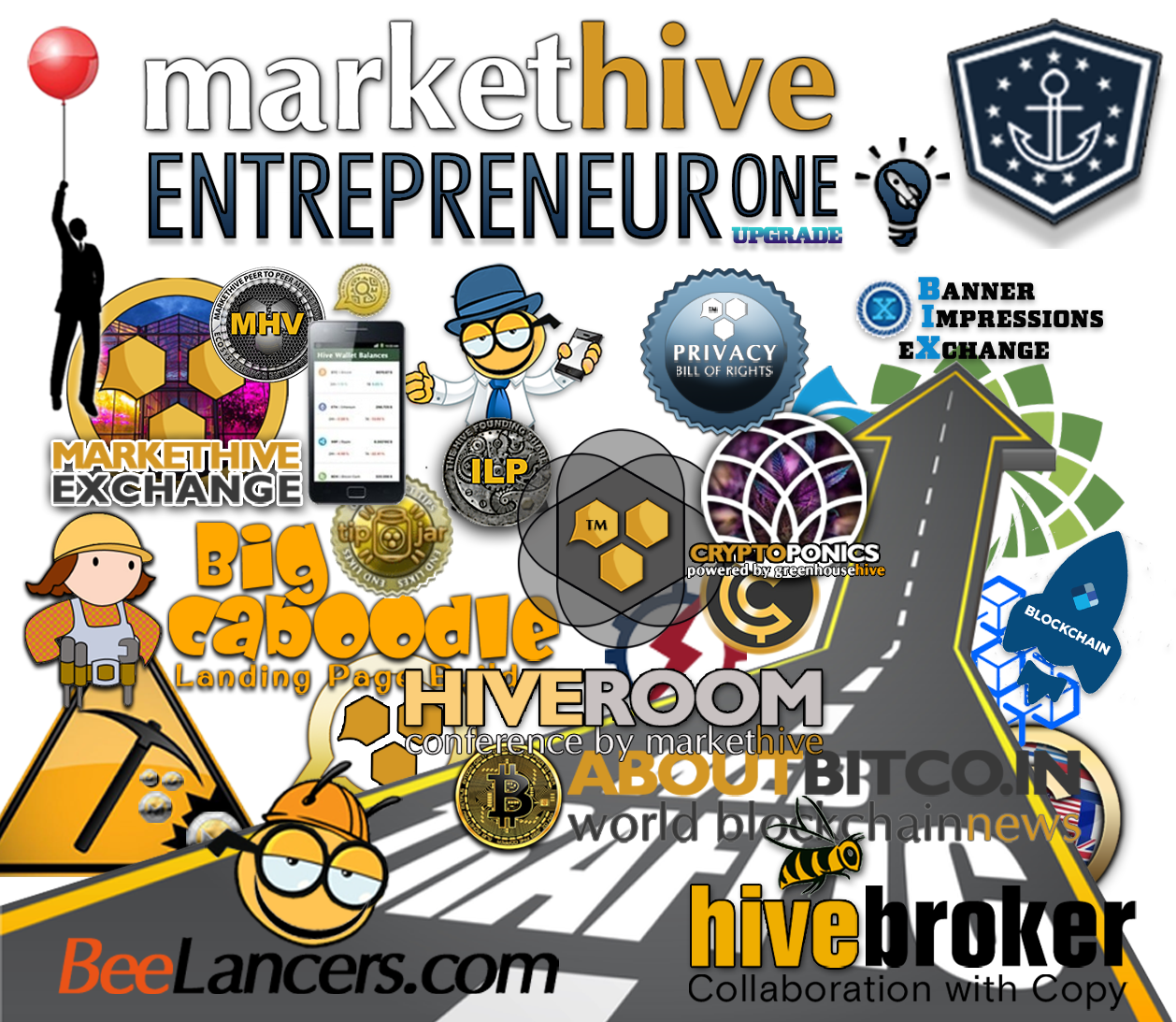
Let's Look At The Numbers Of The ILP Income Potential
The E1 Associates' share of the ILP represents 20% of the net revenue of Markethive and, based on real internal statistics and tracking, the projections indicate that by 2023 a member base of 500 million will yield a monthly income of $5.6 billion. 20% of that equals $1.2 billion allocated for the ILPs, divided by the maximum of 1000 ILPs, and returns a $1.2 million payment per ILP. 1/10th of that ILP (earned via the E1 upgrade) returns a monthly payment of $120,000.
Even the external statistics confirm Markethive's projections, like our Alexa Ranking currently sitting at 3,797 at the time of writing, display Markethive is at the top 3 of similar sites in the industry. Blockchain technology and cryptocurrency have made it so easy for Markethive to pass on the benefits and wealth to the community.
This opportunity of upgrading to the Entrepreneur One loyalty program where you will receive a 1/10th iLP every year you are active and current will soon disappear, so don't miss out. Instead of a few investors taking the lion's share of the profits like all other platforms, Markethive is giving you the chance to be part of the early adopter phase. You will own a piece of this next-generation social market network that includes everything you need to be successful online.
It's not about the bottom line for Markethive; it's about you, the member, the "rank and file." You are a virtual owner of Markethive; it's your company where you receive valuable tools and considerable returns from the ILP. The ILP is on track to commence revenue payments early next year and will grow as Markethive grows.
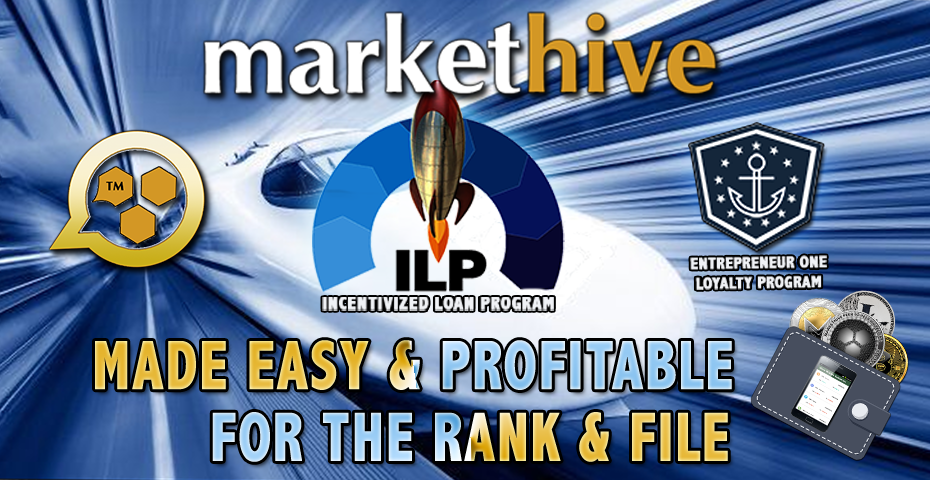
Moving Forward
As Markethive moves forward, we will be introducing some entry-level loyalty programs offering some extra fundamental services for those who cannot upgrade to the Entrepreneur 1 level. Stay tuned for that. The Apprentice Program will be entry-level available, costing a fraction of an E1 upgrade; however, it will not include the ILP increments.
And of course, don't forget about the Referral Program that will unlock your Micropayment Faucet System. The Bounty program, Hive Rank, and MHV HI-LO game bring gamification to the Markethive ecosystem, making it fun, exciting, and increasing your earning potential within the hive. More about this in upcoming articles.
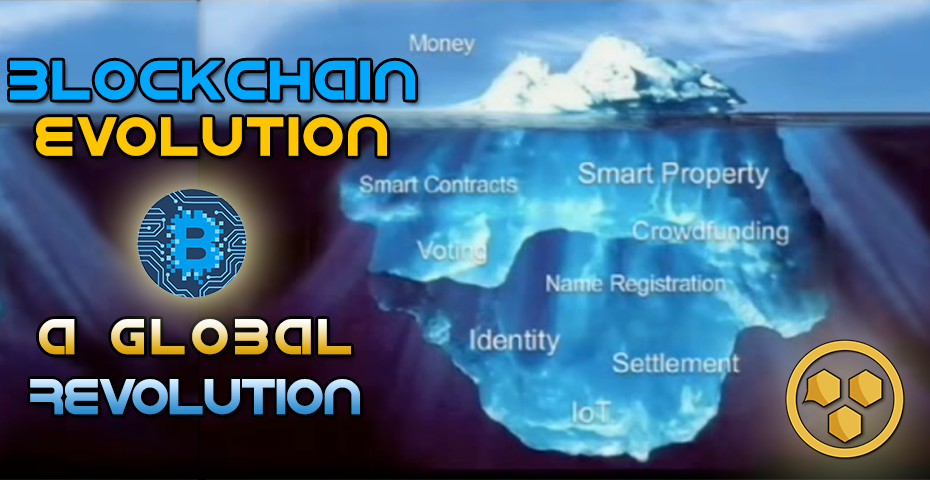
Everyone Succeeds
Markethive truly wants everyone to succeed and as we are blockchain driven with our own consumer coin, (MHV), this is a reality and very much the future of social market networks. Now there is a real place to earn real online income while doing what you love.
You can feel safe in knowing your data is protected and self-sovereignty is paramount in this collaborative environment. You are respected as an individual and your loyalty will be rewarded as Markethive is on track and on time with its milestones and set to deliver the additional promised services. Markethive’s traction is increasing exponentially and it’s all coming together as the next generation Market Network in a league all of its own.
The Entrepreneur One Upgrade is a reciprocal blessing of a divine vision.
How can you forge your future as an Entrepreneur and get your share of ILPs with the Entrepreneur One Loyalty Program? By clicking on this link… https://markethive.com/?upgrade

Written by Deb Williams
Chief Editor and writer for Markethive.com, the social, market, broadcasting network. An avid supporter of blockchain technology and cryptocurrency. I thrive on progress and champion freedom of speech and sovereignty. I embrace "Change" with a passion, and my purpose in life is to enlighten people en masse, accept and move forward with enthusiasm.


